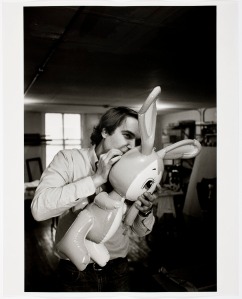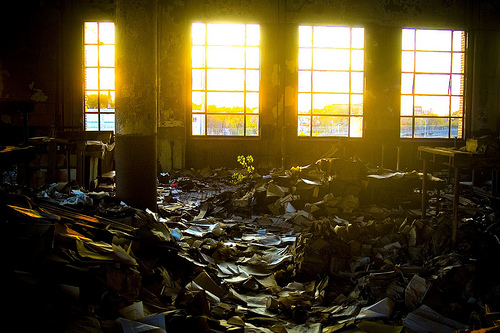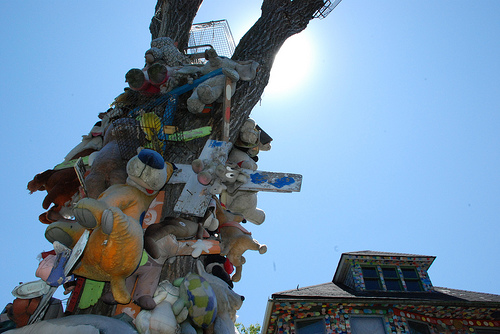When I sat down last Friday with co-jurors Amelia Chau and Kyohei Abe as well as our marketing coordinator Lyndsay Ruell (who, incidentally, master-minded the idea of engaging our community through flickr with this contest), we discussed the imagery, sometimes at great length, and carefully reviewed your statements, which were often instrumental in defining the artist’s conception of “the sacred” as well as a particular site’s distinct relationship to Detroit and its history. In the end, the task was so difficult, we determined the most relevant outcome for this contest would be to make a statement through a group of photographs that shared similar ideas, in particular, through a group which were resonant of Detroit’s past and perhaps, its uncertain future.
The final selection of five images, a first place, second place, as well as three honorable mentions, were made because they embody ideas that motivated artist Kenro Izu to photograph ancient sacred sites. Izu sought to capture the atmosphere of a place to give it a sense of sacredness as well as a sense of the past, quite like our winners have done. But most notably, Izu was motivated to photograph many ancient sites because of their endangerment through neglect and sometimes deliberate destruction. This is certainly the case with the sites depicted in our final selections. Honorable mention designee tEdGuY49® stated it best when he noted that Detroit is “a sacred contrast…the hopes and dreams of so many that went before us, the pride of today and maybe love for the city tomorrow.”
On behalf of the Detroit Institute of Arts, I want to thank and congratulate, not only the winners of this contest, but all the participants, our audience of 163 members, the jurors and DIA staff who helped make our first-time-ever flickr photo contest such a great success. For the past two months, and in particular, the last few days, with new entries appearing at lightening speed, it has been a unique and interesting journey. Many of these images will continue to linger in my mind for a very long time.
Nancy Barr













